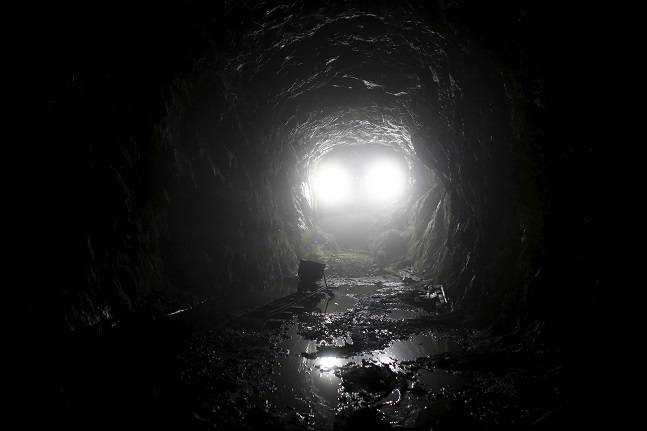-
Tips for becoming a good boxer - November 6, 2020
-
7 expert tips for making your hens night a memorable one - November 6, 2020
-
5 reasons to host your Christmas party on a cruise boat - November 6, 2020
-
What to do when you’re charged with a crime - November 6, 2020
-
Should you get one or multiple dogs? Here’s all you need to know - November 3, 2020
-
A Guide: How to Build Your Very Own Magic Mirror - February 14, 2019
-
Our Top Inspirational Baseball Stars - November 24, 2018
-
Five Tech Tools That Will Help You Turn Your Blog into a Business - November 24, 2018
-
How to Indulge on Vacation without Expanding Your Waist - November 9, 2018
-
5 Strategies for Businesses to Appeal to Today’s Increasingly Mobile-Crazed Customers - November 9, 2018
Treasure hunters unveil plan to find Nazi gold train
Treasure hunters in western Poland have finally started a long-awaited dig for a Nazi-era train that legend says is buried inside a tunnel and carries looted gems. Soil anomalies detected in the area with radar equipment a year ago indicate its presence, they claim.
Advertisement
According to a local myth, the train is believed to have vanished in 1945 with stolen gold, gems, and weapons when the Nazis retreated from the Russian Federation.
A government official initially said he was “99 per cent sure” the train was there, but geological experts using magnetic equipment found no train at the spot.
It is said to have vanished after entering a complex of tunnels under the Owl Mountains.
“The train is not a needle in the haystack – if there is one, we will find it,”Andrzej Gaik, the spokesman of the search committee, told news agency Agence France-Presse”.
But Mr Gaik remained positive, adding: “We have to find a railway track, probably the entrance to a railway tunnel and, if the tunnel exists, there should be a train there”.
A duo of European treasure hunters has launched an operation in an area of Poland where it is rumored that the Nazis hid a train carrying stolen goods in 1945.
The area was part of Germany during World War II but is now a part of Poland.
A man credited with being the main living source of the legend is a retired miner, Tadeusz Slowikowski.
On Friday, the team levelled the terrain and cleared trees on the cordoned-off dig site, located between Wroclaw and Walbrzych.
During the war, the Germans were building headquarters for Nazi leader Adolf Hitler in Walbrzych’s medieval Ksiaz Castle, then called the Furstenstein Castle.
Advertisement
An impromptu Polish-language press conference streamed live on Wednesday morning had very few updates, except to announce their next media scrum.





























